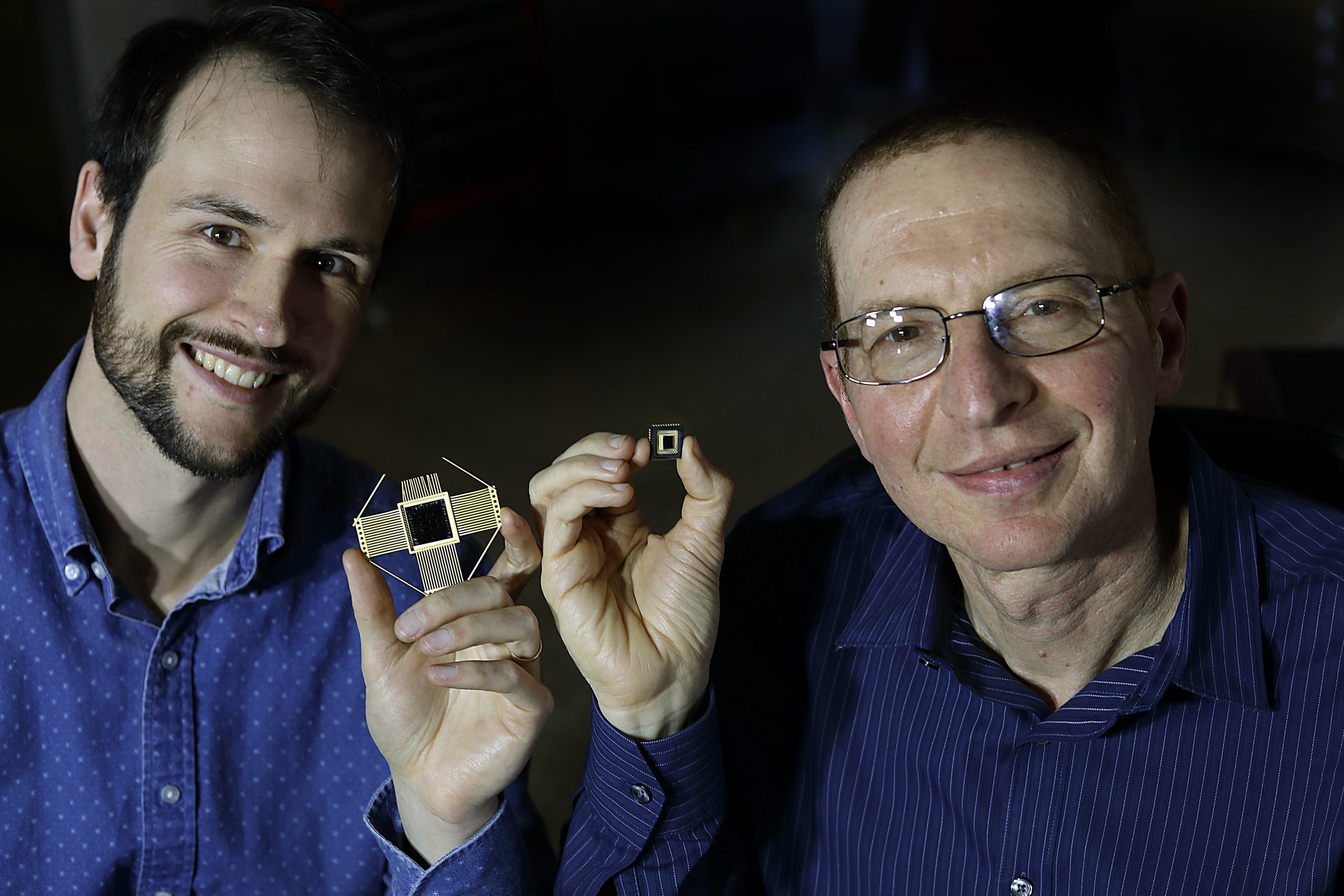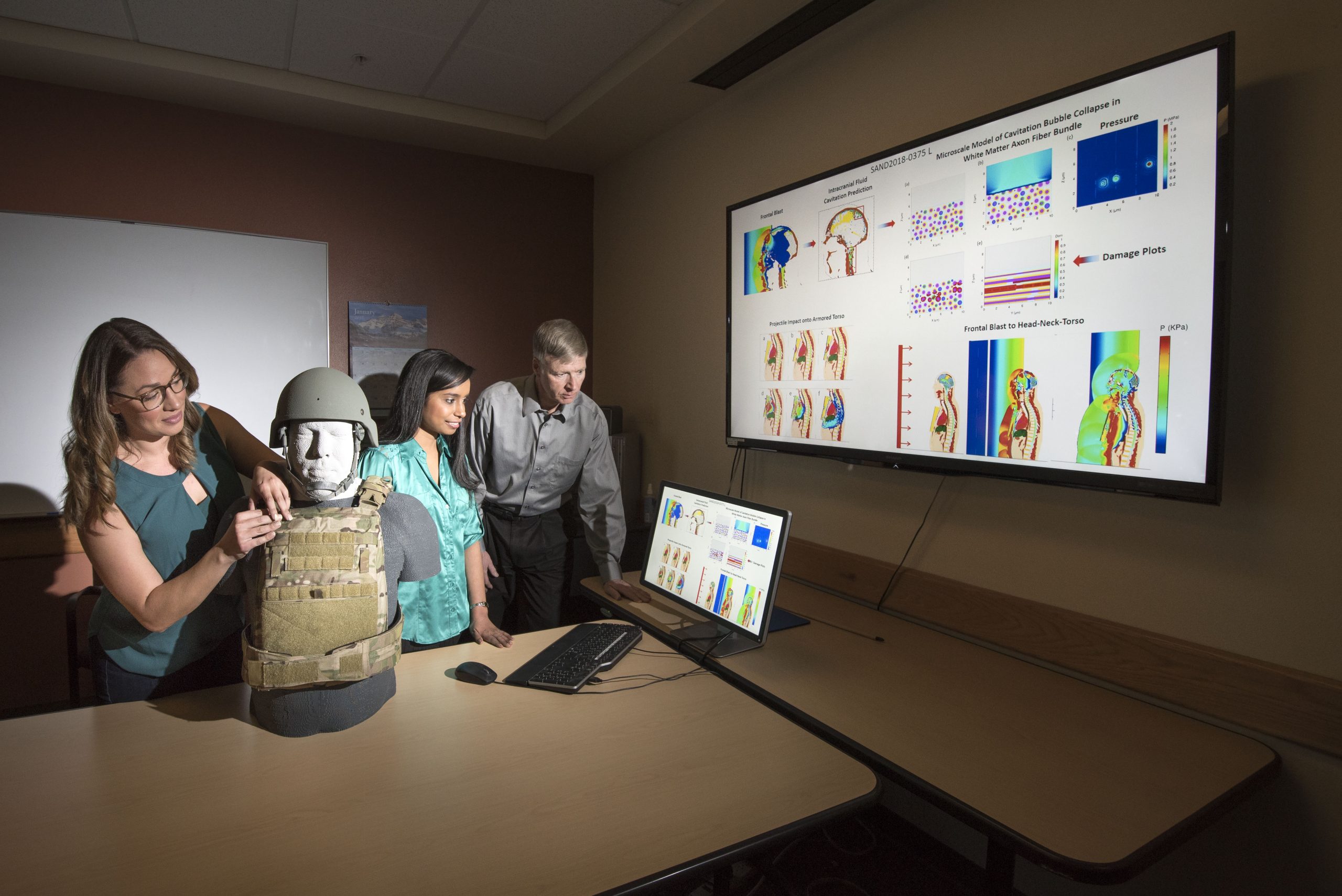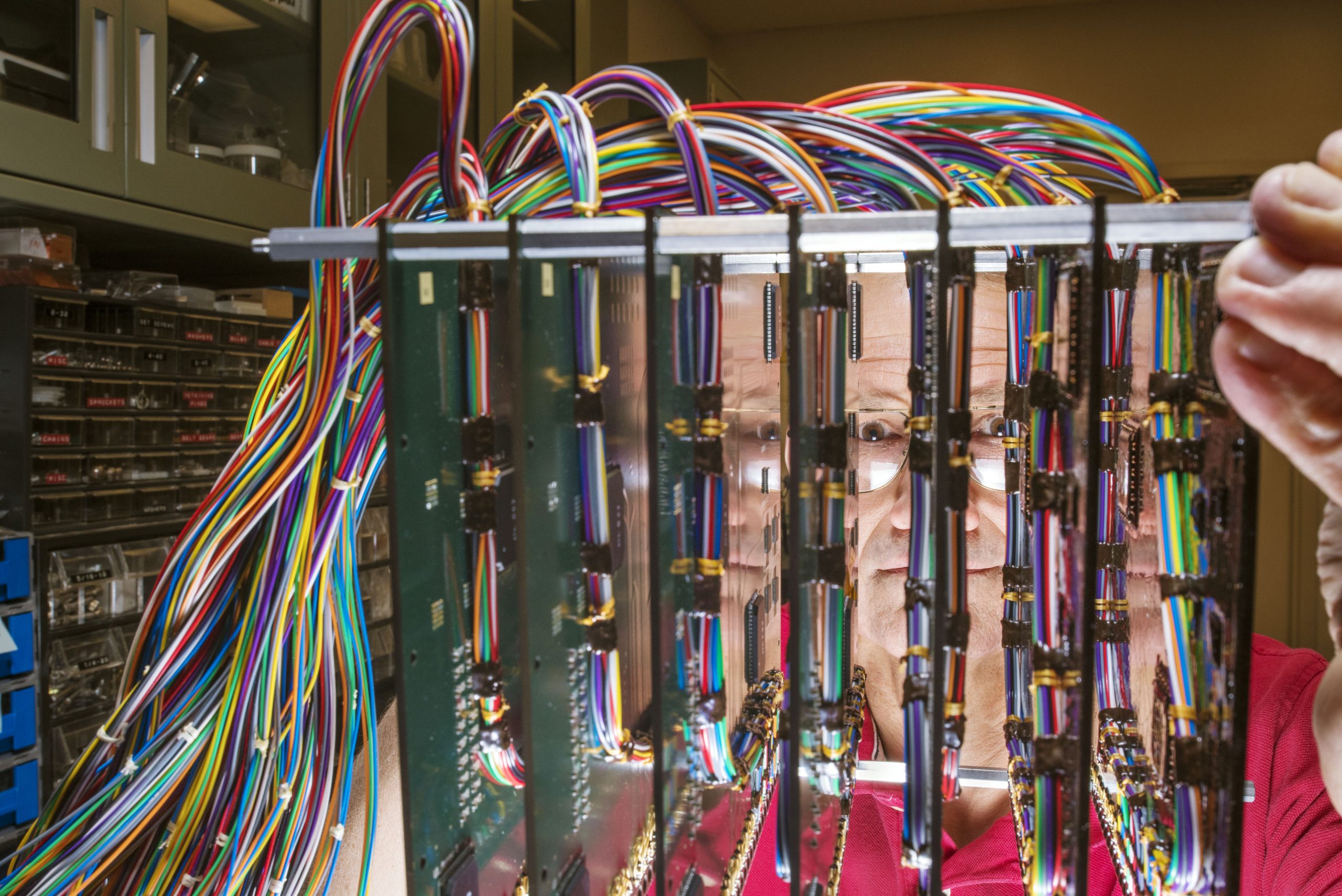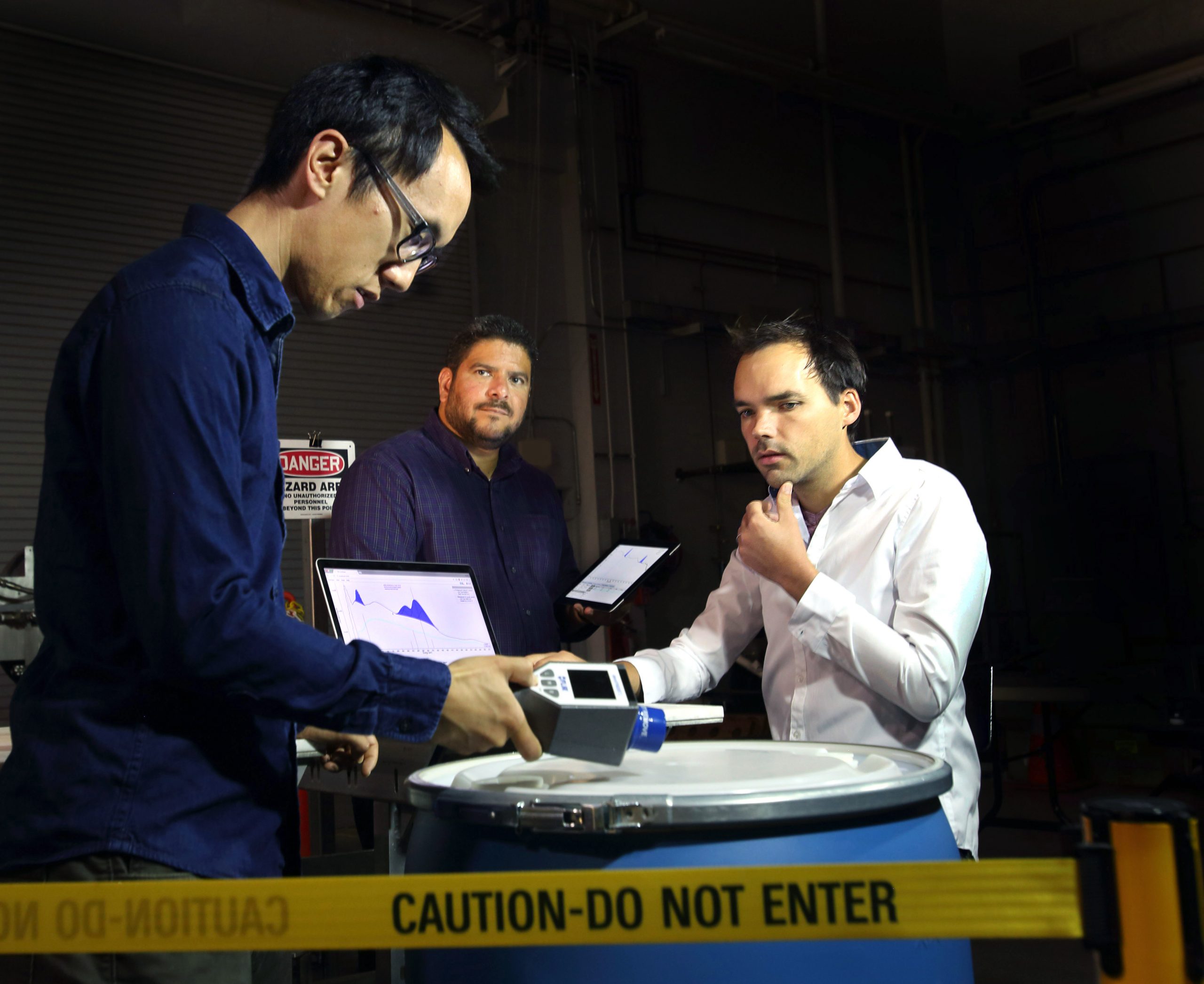October 14, 2019 • ALBUQUERQUE, N.M. — Social media, cameras, sensors and more generate huge amounts of data that can overwhelm analysts sifting through it all for meaningful, actionable information to provide decision-makers such as political leaders and field commanders responding to security threats. Sandia National Laboratories researchers are working to lessen that burden...
Categories: Computing, Science / Technology / Engineering























